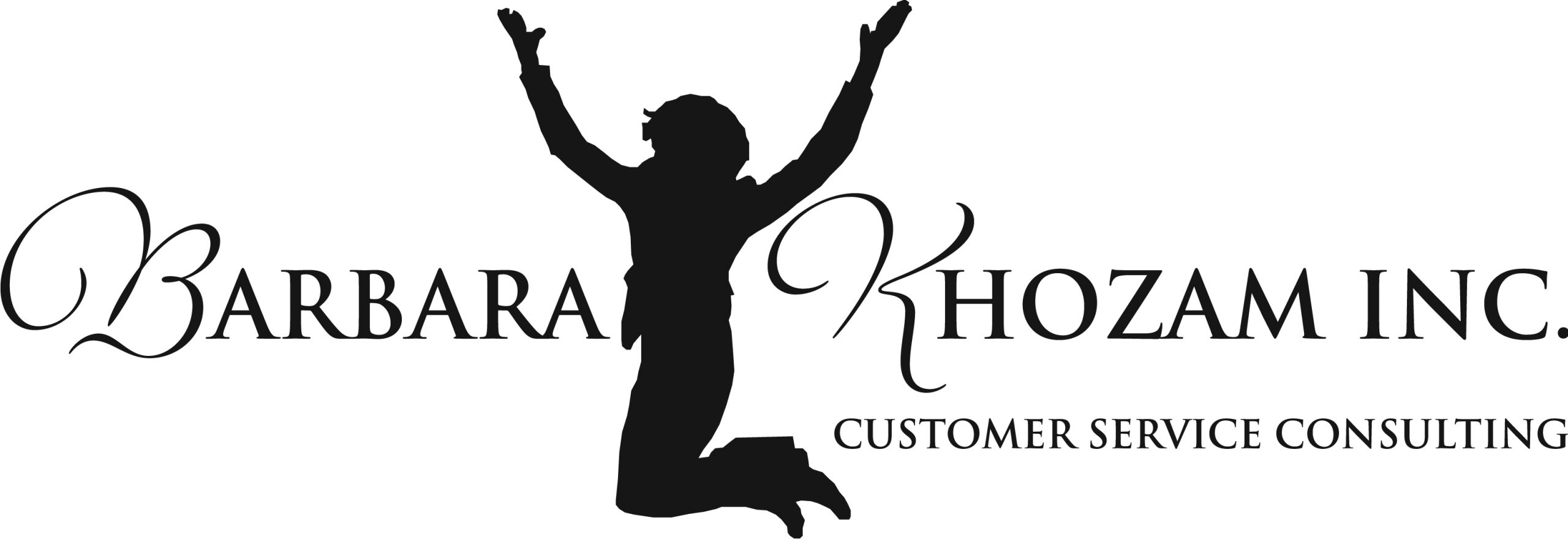
it’s time to look at and address the “hidden” and “not so hidden” biases that WE ALL bring to our customer service efforts.
We’re living in some unusual times of social understanding. The current social atmosphere is amazingly bi-polar—gains in some areas and great losses in others. At one end of the spectrum, we’re seeing increased positive awareness in attitudes and lessening aggressions toward women. At the other end, we’re seeing an increase in overtly negative attitudes and actions against people “who aren’t like us.” At one end, we’re seeing more and more minorities—in race and gender—leading corporate American companies, managing film and television empires, and winning political races. At the other end, we are experiencing an increase in incidents of racial bias—most notably the incidents of the last few weeks with Starbucks and the Roseanne Barr. At one end, our first lady launches her anti-bullying campaign. At the other end, we have a president who thrives in publicly shaming people in his administration, minorities, people of “other” religions, and women. We’re in some unusually bi-polar times indeed!
Real world story: While we are making positive strides in some sectors of our society, we’re simultaneously losing so much more in other sectors. But what does this have to do with delivering customer service that is beyond reproach? Well, quite frankly, it’s time to look at and address the “hidden” and “not so hidden” biases that WE ALL bring to our customer service efforts. But wait, you may be thinking, I’m not biased against anyone! Well, if that were completely true and you could honestly say that of everyone in your company—from leadership to the cleaning crew—well, the world would definitely be a better place, wouldn’t it? But it isn’t. The world isn’t perfect, and neither are we. We all have biases. And in an era that seems to embolden overt aggression and subtle bias against “the other,” it’s time to shed light on that truth and learn to move forward as more enlightened and better people—especially those of us who make a living, day in and day out, dealing with a diversity of people. Here’s how:
Strategies that Turn it Around:
- Acknowledgment: Foremost, each of us needs to acknowledge that interpersonal biases exist—and that we all have them. So we need to acknowledge those biases, noting they are not limited to race, gender, religion, or sexual orientation. I know some who don’t like working with older people because they are slower and require more patience and attention. I know some who don’t like working with other-abled people, especially people in wheelchairs because they get nervous and uncomfortable around them. So be honest and list your biases, so you know what you need to work on. Acknowledging biases is the first step to delivering better customer service to all.
- No judgment toward your biases: Acknowledging that we have biases is not an admission of guilt or wrongdoing. While we all have biases, most of us do not intentionally treat others negatively or harm them. But they do play an important part in our subconscious. This may lead to being short with people or not giving them 100% of our attention or efforts. The negative impact is at a subconscious level, so we don’t even realize we are negatively impacting certain people. As such, I—nor anyone else—should judge you for having a bias. It’s how we behave toward others when we have acknowledged a bias that matters.
- Walk a mile in “their” shoes: Nothing is better for developing empathy and understanding than putting yourself in someone else’s shoes. We all know someone who is older, someone who is other-abled, someone who is a woman, or someone who is originally from another country. Imagine those people being mistreated by others. How would that make you feel, especially if such a person is your grandparent, sister, cousin, friend, or neighbor? Once you learn to empathize with others, you will know how to put your biases aside to help people with 100% of your ability.
Remember: As customer service professionals, we must shed light on our interpersonal biases in order to delivery the best possible customer service experience to all customers. This isn’t a judgment call on you on my part—not by a long shot. We simply and honestly need to address our biases, whether they are at a subconscious or overt level, and work to improve our effectiveness in working with a diverse population—while making this world a kinder place to live.
What do YOU do to ensure that interpersonal biases do not interfere with your effectiveness to deliver exceptional service to ALL customers?

